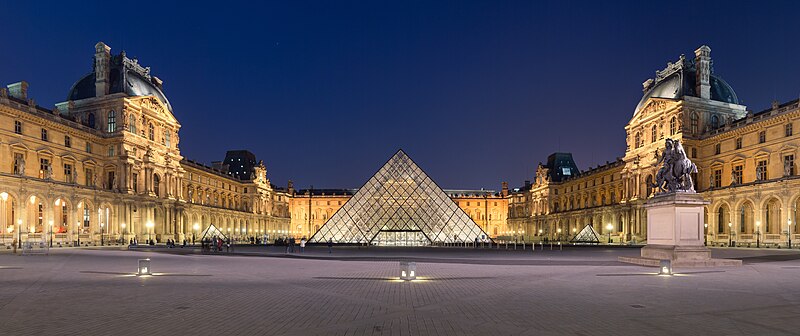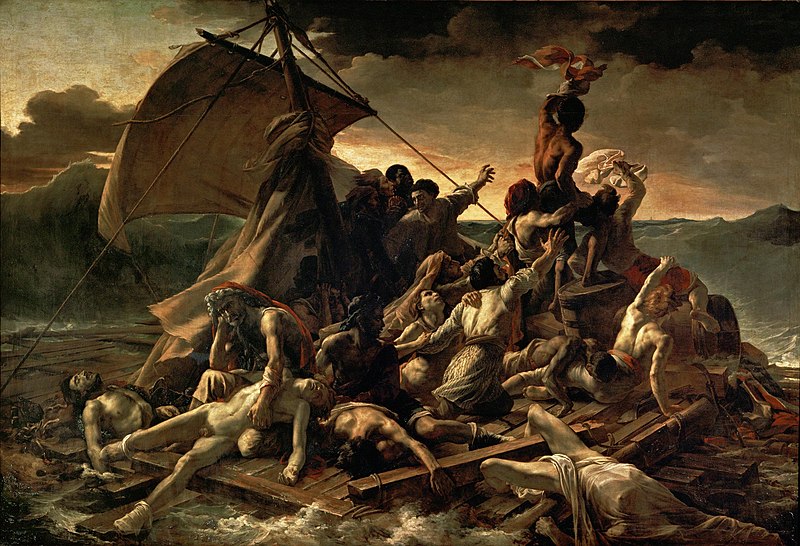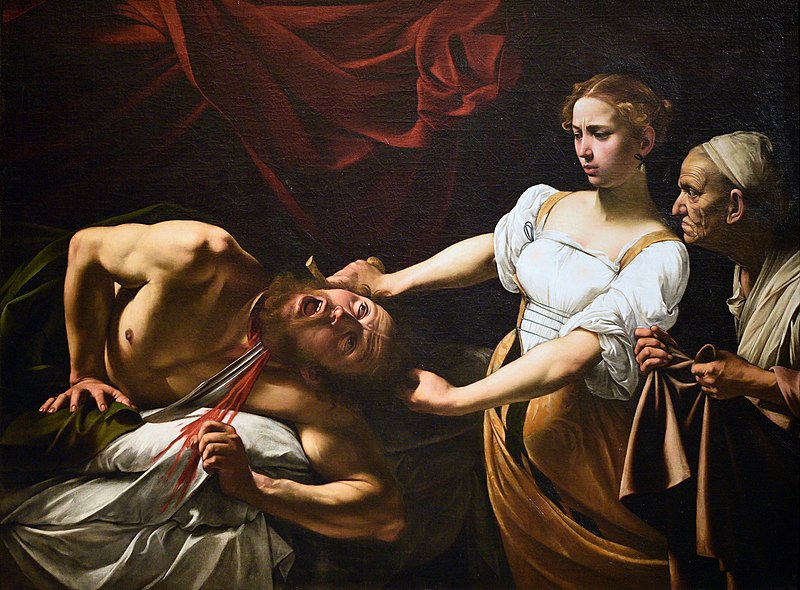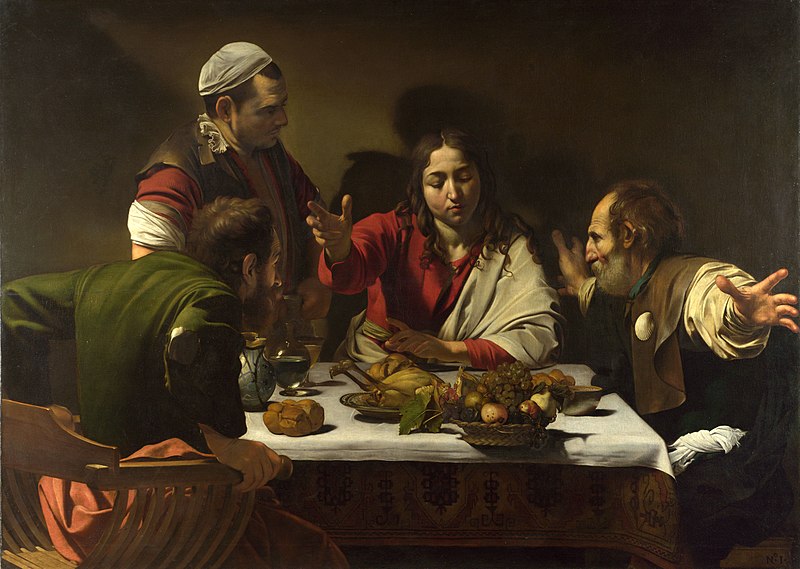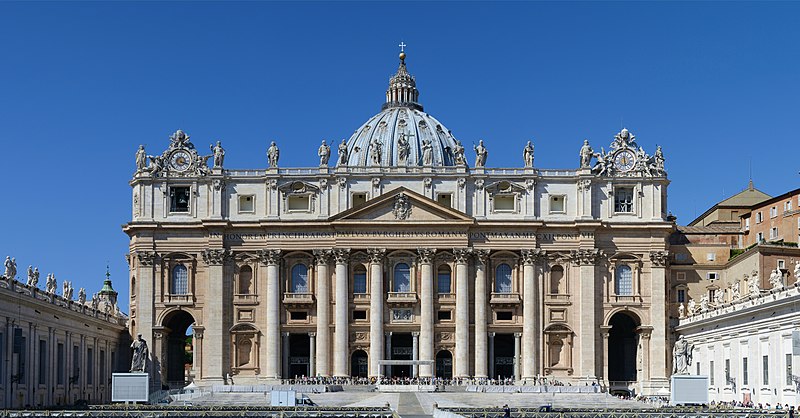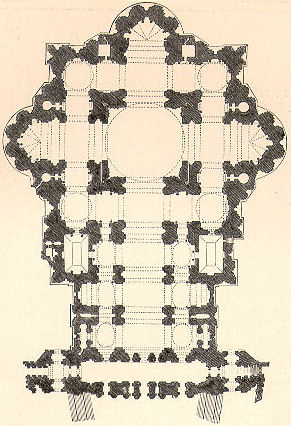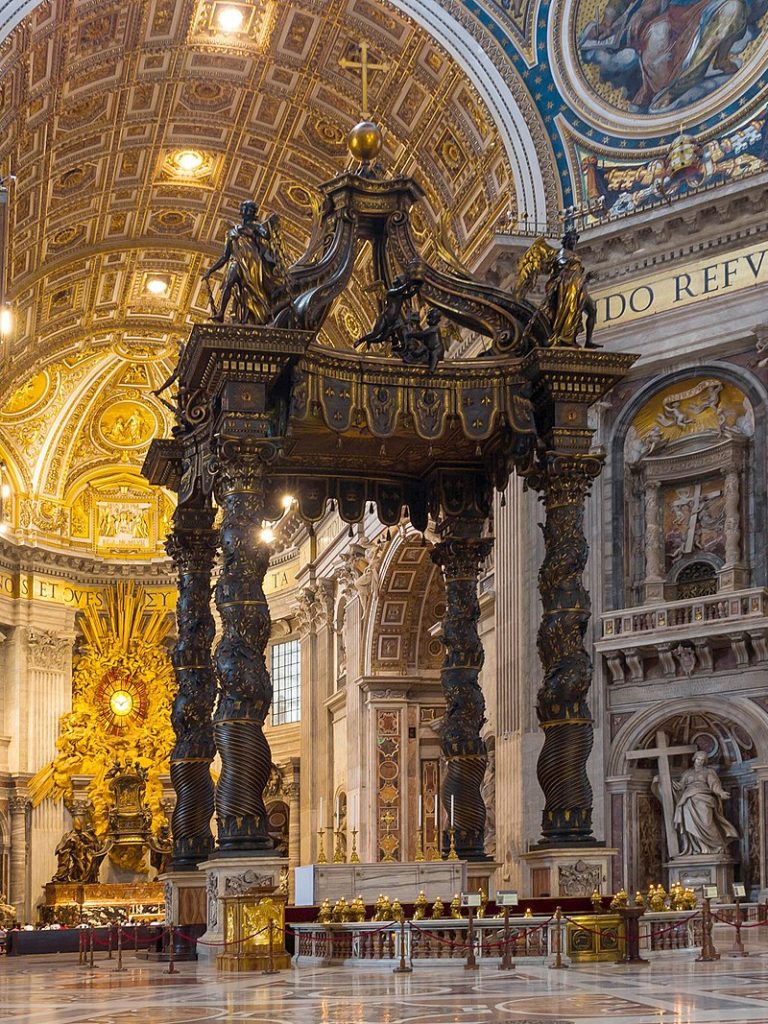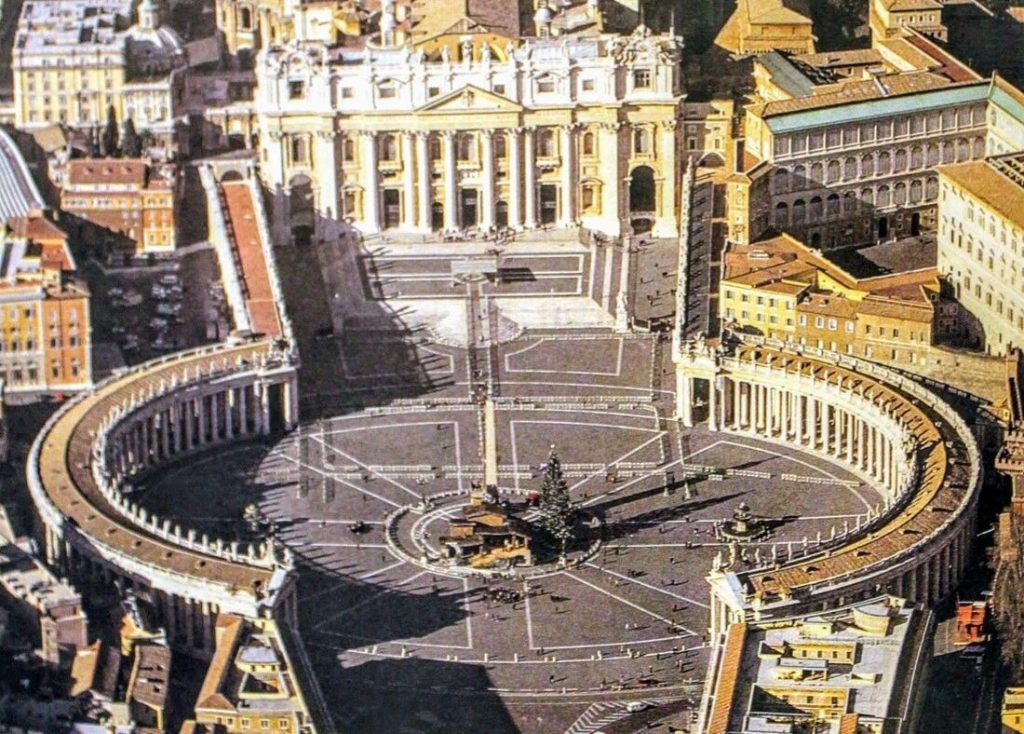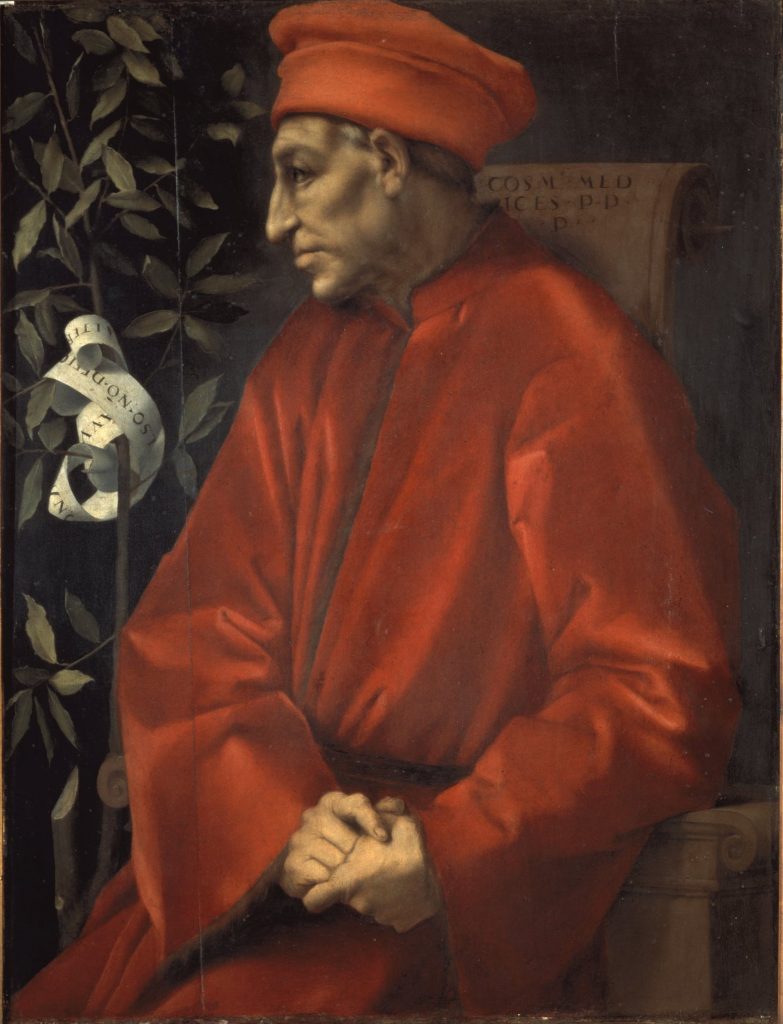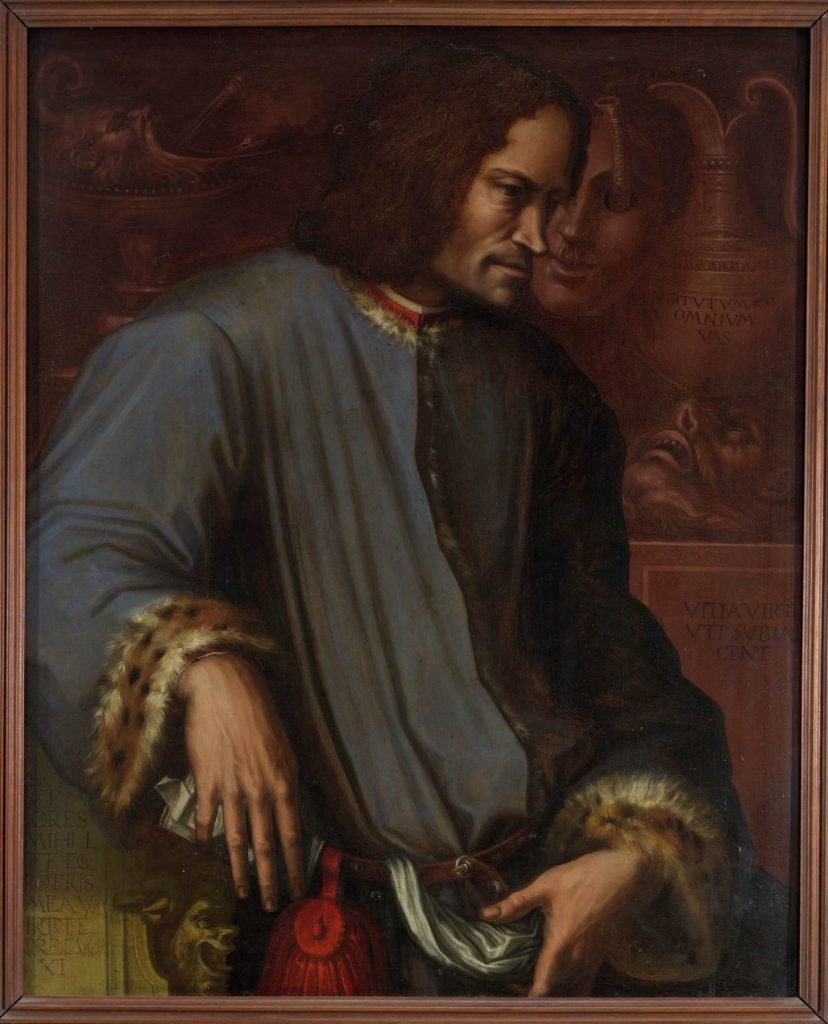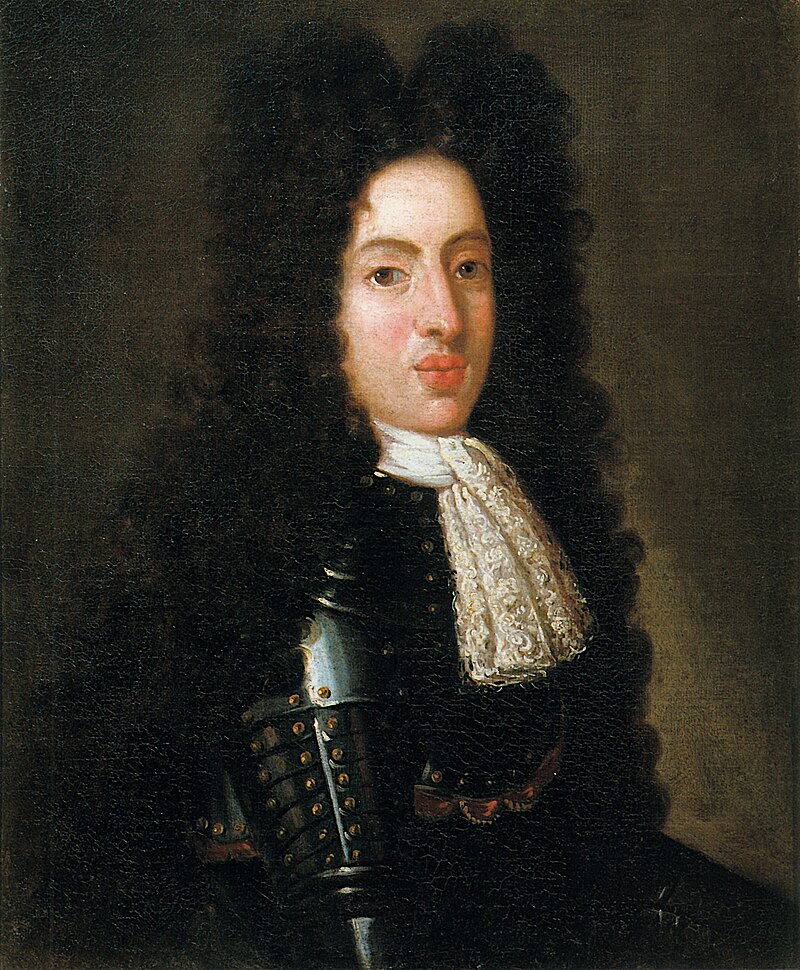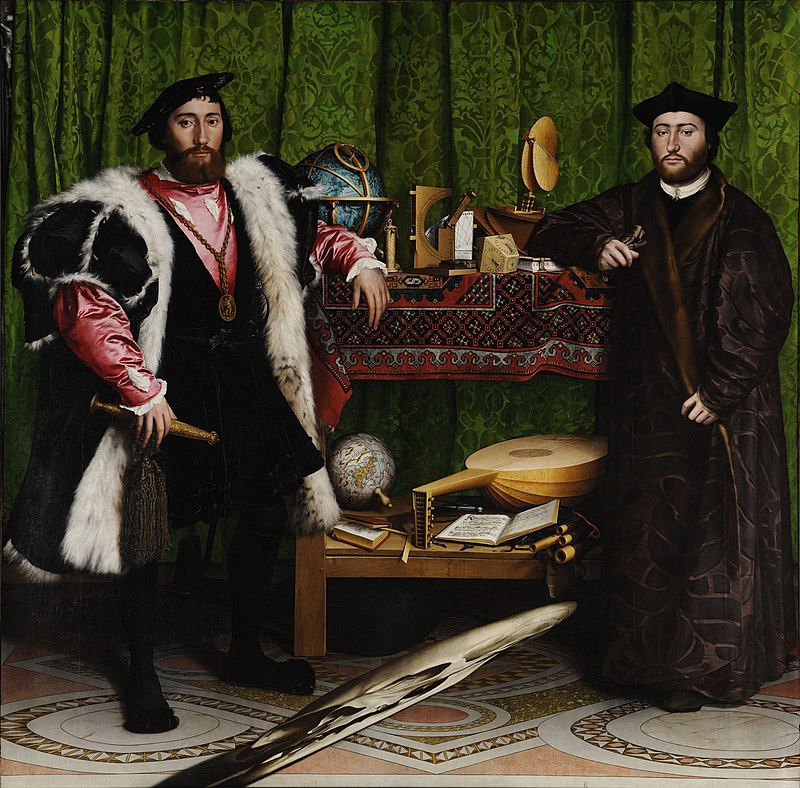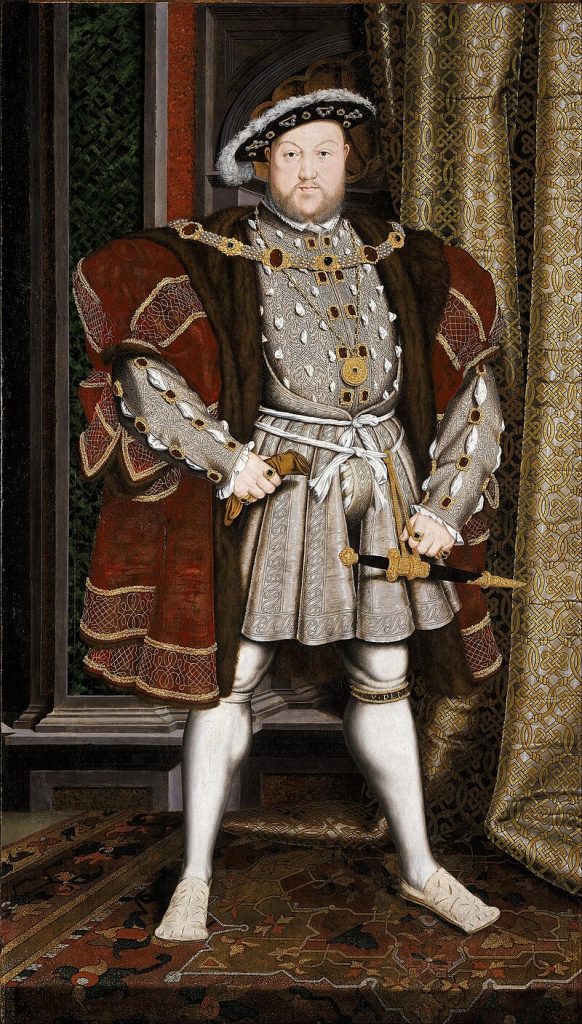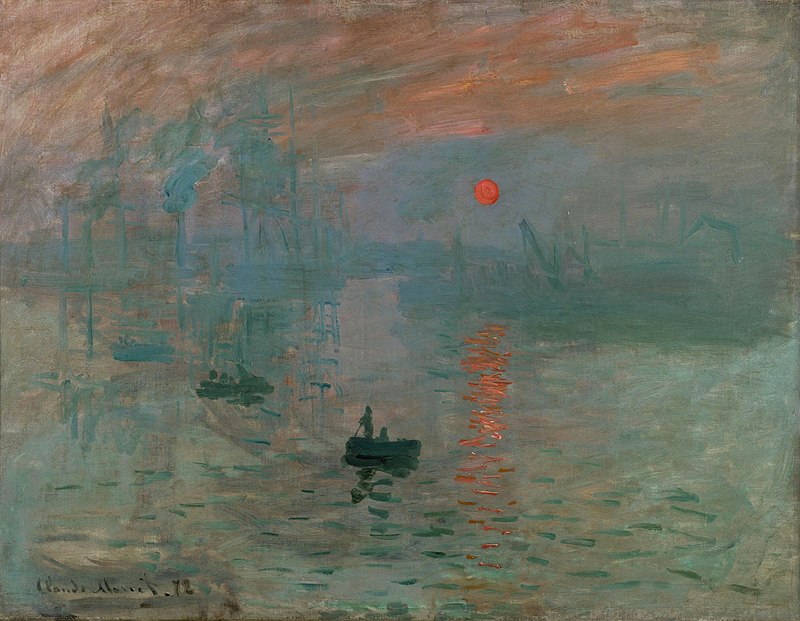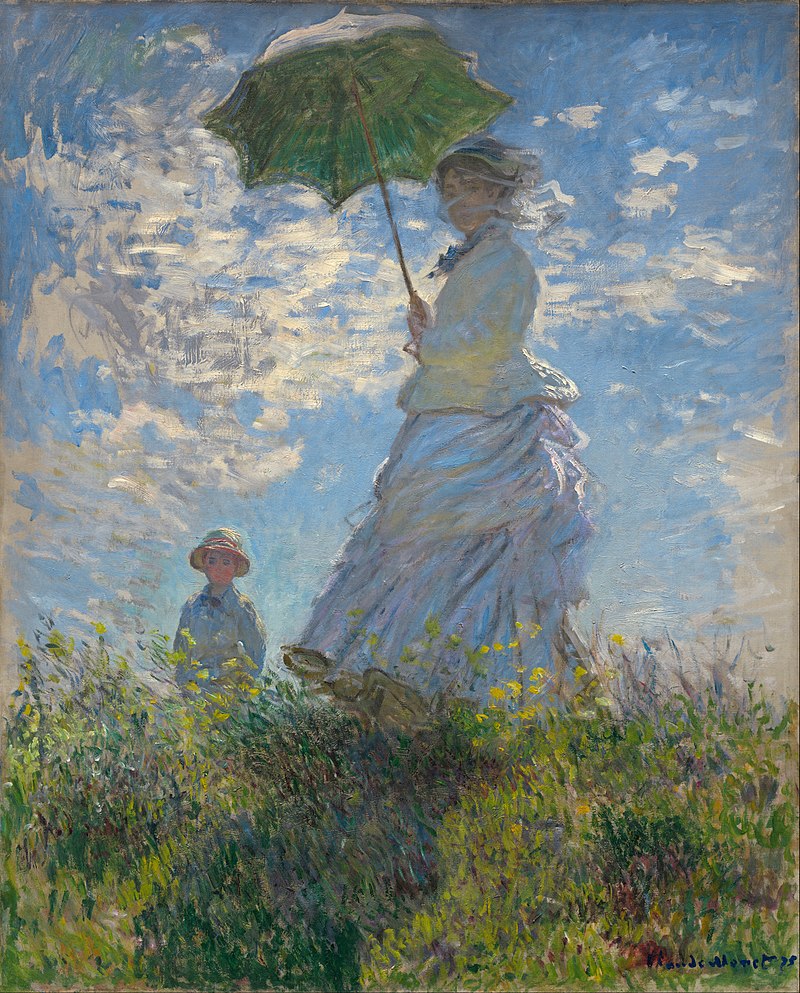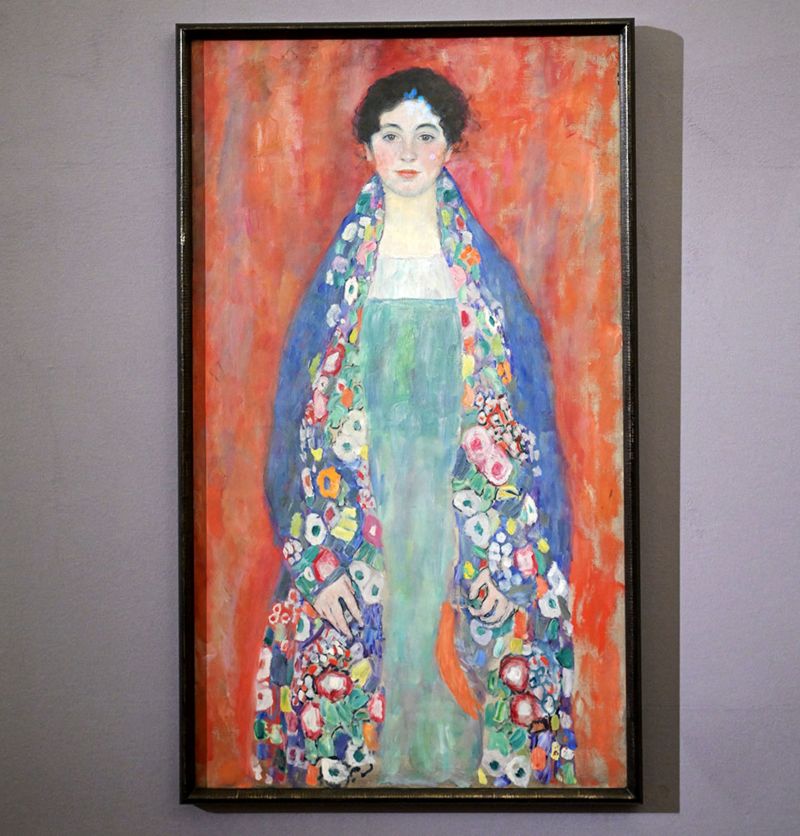
In a remarkable twist of fate, a long-lost painting by the iconic Austrian artist Gustav Klimt has been rediscovered after more than a century. The painting, ‘Portrait of Fraulein Lieser’, found in Vienna, has reignited interest in Klimt’s extraordinary body of work.
Gustav Klimt, known for his distinctive style characterized by intricate patterns, vibrant colors, and sensual themes, was a leading figure of the Vienna Secession movement in the late 19th and early 20th centuries. His works, celebrated for their symbolism and decorative allure, have captivated audiences around the world for generations.
The rediscovery of this lost masterpiece adds another chapter to Klimt’s legacy and offers art enthusiasts a rare opportunity to witness a previously unseen creation by the maestro himself. Scholars and experts are eagerly studying the painting to authenticate its provenance and unravel the mysteries surrounding its disappearance and reappearance.
The significance of this discovery extends beyond the art world, offering a glimpse into the cultural heritage and history of the era in which Klimt lived and worked. The painting’s journey from obscurity to rediscovery serves as a reminder of the enduring allure of art and the stories it carries through time.
As the world celebrates the rediscovery of this long-lost Klimt painting, it serves as a poignant reminder of the enduring legacy of one of the most influential artists of the modern era. With each stroke of his brush, Klimt left an indelible mark on the art world, and this rediscovered masterpiece is yet another testament to his enduring genius.





